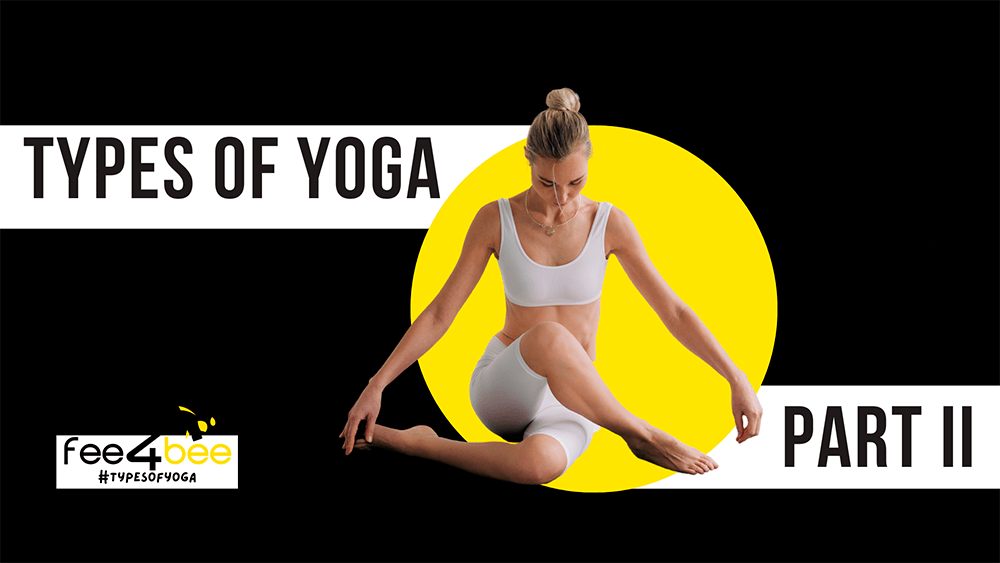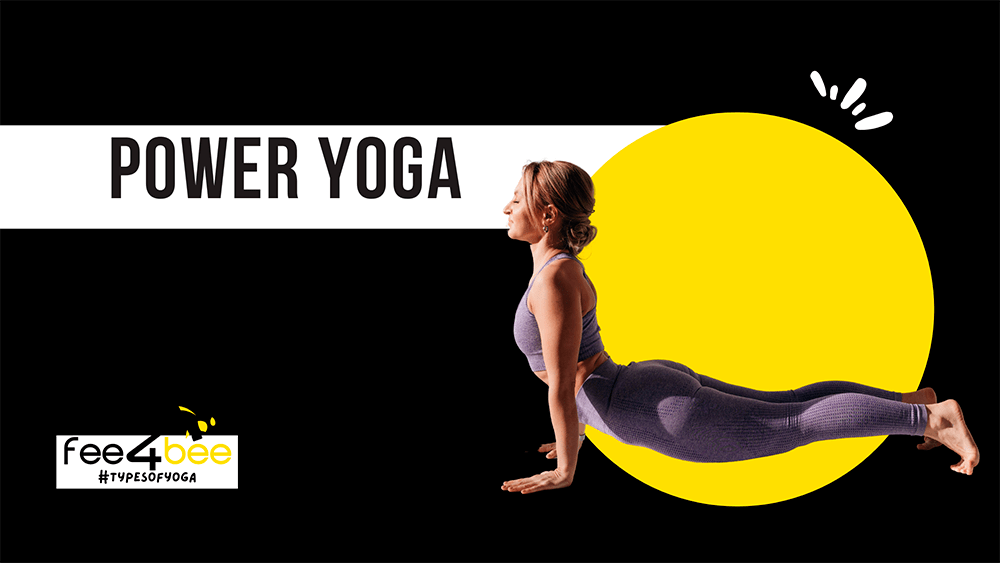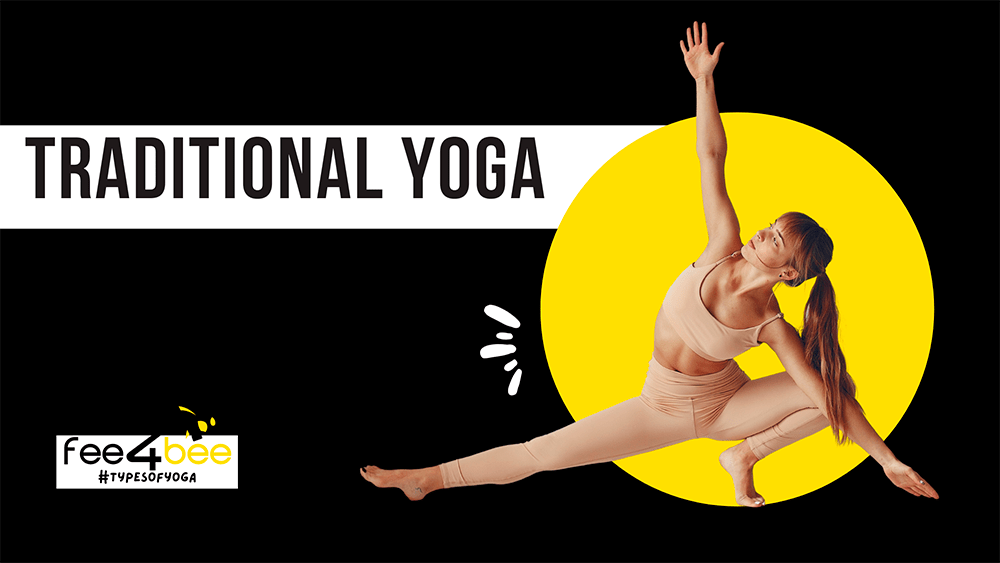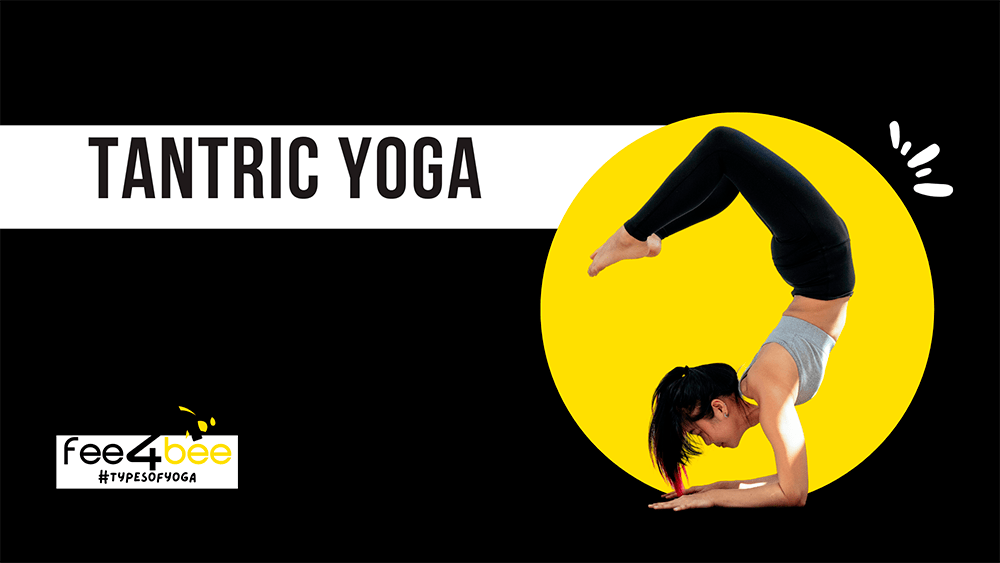- Winter Tasks
- Cleaning Services
- Moving Services
- Handyman
- Furniture Assembly
- Shopping and Delivery
- Office Services
- Commercial Cleaning
- Commercial Handyman
- Commercial Painting
- Conference Room Setup
- Office Housekeeping
- Office Movers
- Office Snack Delivery
- Office Supply Delivery
- Office Furniture Assembly
- Ergonomic Office Setup
- Office Setup & Organization
- Data Entry
- Proofreading services
- Office Administration
- Office Interior Design
- Business services
- Assembling IKEA furniture
- Assembling an IKEA kitchen
- IKEA dressing room assembly
- Assembling IKEA cabinets
- IKEA bathroom furniture assembly
- Assembling IKEA beds
- Assembling IKEA tables
- Assembly of IKEA seats
- Assembling IKEA sofas
- Assembling dressers IKEA
- Assembling IKEA racks
- Assembling IKEA pedestals
- Assembling children's furniture IKEA
- Assembling IKEA chairs
- Assembling other IKEA furniture
- Coaching
- Beauty and health services
- Domestic services
- Construction works
- Finishing work
- Services for animals
How many types of yoga are there, part II. Specification and modern practices

In today’s fast-paced world, yoga has become an essential part of the daily routine for many people. Practicing yoga has numerous benefits, including increased flexibility, improved mental balance, and boosted immunity. In the last part of the yoga practices review, we were considering the most common yoga types that you may find in any Canadian studio. Now let’s take a view of some of them.
Modern yoga styles
With advancements in fitness science and people's needs, the traditional forms of yoga have evolved with time. This has led to the development of new yoga styles that cater to the needs of the present generation. In this section, we will take a look at some of the popular modern yoga styles that you may try regardless of your fitness level.
What is Buti yoga?
Buti Yoga is a modern form of yoga created by renowned fitness instructor Bizzie Gold. Wild movements that aim to liberate you will increase your heart rate and burn more calories. In such a way, Buti yoga offers great exercises to lose weight.
In addition to strengthening your muscles, Buti yoga provides mental and physical relief. You're encouraged to scream out loud, chant, or make any noise that comes to your mind. You should relax your muscles so that the movements can be performed freely.
Buti yoga training incorporates a lot of cardio and a dancing rhythm that changes frequently. This will get you moving out of headspace and deep into your body sense. There will never be the same Buti yoga session. Each Buti yoga instructor has a different style of movement and creativity. For Buti classes, it's important to find a yoga instructor who you will enjoy.
What is power yoga?

Power yoga is another high-intensity practice that combines fast-paced movements and long pose holds. Power yoga session involves a series of vigorous, flowing movements that aim to improve strength, flexibility, and stamina. You will sweat it out in power yoga poses as they are faster and more challenging than traditional yoga forms. The classes use props like yoga blocks and straps to help support proper alignment and prevent injury.
This style is excellent for improving your cardiovascular health and perfect for those who want to burn calories and get full-body training. The power yoga workout is not the fastest way to burn calories, compared to hot yoga. Depending on your weight, it can help you burn between 300 and 400 calories for every 60-minute session though.
What is restorative yoga?
Restorative yoga is a gentle and relaxing practice. It is ideal for people looking to de-stress, improve sleep, and restore overall balance. Restorative yoga classes often have a calming atmosphere with soft music and dim lighting as their main goal is bringing relaxation after a stressful day.
Restorative yoga makes use of a large number of common props, such as:
- bolsters,
- blankets,
- blocks,
- belts,
- cushions.
These gears are used to support the muscles and joints of the body during restorative yoga training.
What is chair yoga?
As the name shows, it is a form of yoga that can be done while seated in a chair. Chair yoga is ideal for those looking for gentle exercises, like elderly people or pregnant women, or those who find regular yoga too tricky. Chair yoga for beginners and seniors helps to improve balance, flexibility and strength as well as promote relaxation and stress relief. Additionally, it encourages proper breathing techniques and concentration.
Among the benefits of chair yoga, there are:
- Yoga is accessible to people who lack mobility, like seniors or people recovering from injuries;
- Chair yoga for office workers is something you can do almost anywhere;
- You can manage stress and overcome depression by practicing yoga in a chair;
- Chair yoga is also low-impact and extremely safe for those with compromised balance or flexibility.
- The best part about chair yoga is that it does not require any special equipment or clothing.
Traditional yoga practices

There are also a variety of traditional yoga styles. The main difference between modern and classic yoga practices is in the holistic approach where physical, mental and spiritual development plays a significant role in traditional yoga. These ancient forms of yoga have stood the test of time and still bring immense physical and emotional benefits today.
Traditional yoga leads to communion with God. It is a journey of self-transformation that allows us the opportunity to experience ourselves not only in our mat but also throughout our entire lives. There are four main paths of yoga. All four paths have the same origin and resting point.
|
Karma Yoga is the practice of performing an act without expecting any kind of reward. By acting without expectation of reward, a Karma Yogi sublimates their ego and purifies their heart. They also realize oneness with other beings. |
Bhakti yoga confesses a devotional approach to yoga that is based on pure love. Surrendering yourself to God is the key to realizing the highest Truth in Bhakti Yoga. The practitioners develop humility, self-surrender, and a sense of being by praying, repeating mantras and performing rituals. |
|
Raja Yoga is a step-by-step, scientific approach to yoga that focuses on mind control. Raja Yoga is the systematic analysis of the mind and the application of various techniques to bring it under your control. This process transforms physical and mental energies into spiritual energies. Raja yoga includes yoga postures, meditation and breathing exercises. |
Jnana yoga is the philosophical approach, also known as yoga or knowledge. Jnana Yoga is the direct path, using techniques of logic and reason to achieve spiritual growth. It is practiced by listening to the teachings of the guru and studying the Vedas. |
In ancient yogic thought, these four paths lead us to our True Selves. Spiritual practices that originated in India are still a living tradition in Hinduism and are seen as an enlightening way to live.
What is tantric yoga

Traditional tantra is not sexual despite what many people think. Instead, it is strongly tied to the idea of pleasure and how to learn to truly tune into your body. In its essence, tantra yoga is all about connecting with yourself to develop a greater self-understanding.
You may then ask, "What does all this have to do with yoga?" In Sanskrit, yoga means "oneness", and it is anything which connects you with yourself. Tantric yoga poses and meditation is exactly about becoming whole and conscious of oneself.
Red tantra and White tantra are the two main types of traditional tantric practice. White tantra combines yoga and meditation for better self-understanding and love. Red tantra, also called yoga for couples, refers to sexual practice.
The two practices have different goals, even though they both utilize sexual energy. Couples tantra yoga is a fun way for partners to increase intimacy and strengthen their connection with each other. It combines stretching exercises, breathing techniques, and relaxation practices to promote deeper communication between partners. White tantra is all about helping you create a stronger relationship with yourself, while it still can help you become a better partner with the help of self discovery.
What is Yin yoga
Yin Yoga draws its roots from traditional Chinese philosophies and Taoist beliefs that revolve around the concept of Qi (energy). Qi says that by stretching into the poses and extending them, we are releasing any blockages that may be present and allowing energy to flow.
It is a meditative practice that’s slow-paced and focuses on deep stretching and relaxation. Yin yoga poses are held for several minutes, allowing the muscles to release tension and increase flexibility. Yin yoga is an ideal practice for beginners with tight muscles or chronic pain. It also helps improve circulation and joint mobility.
Traditional yoga vs modern yoga
Numerous modern yoga styles cater to practitioner's diverse needs and lifestyles. Modern yoga is perfect for beginners and is great for improving health, strength training, for joint mobility and flexibility, as well as for stress relief and relaxation. By exploring traditional yoga doctrine, we can find the calmness and inner power that resonates with our goals and enhances our overall well-being. So, let’s unroll our mats and start our yoga journey!